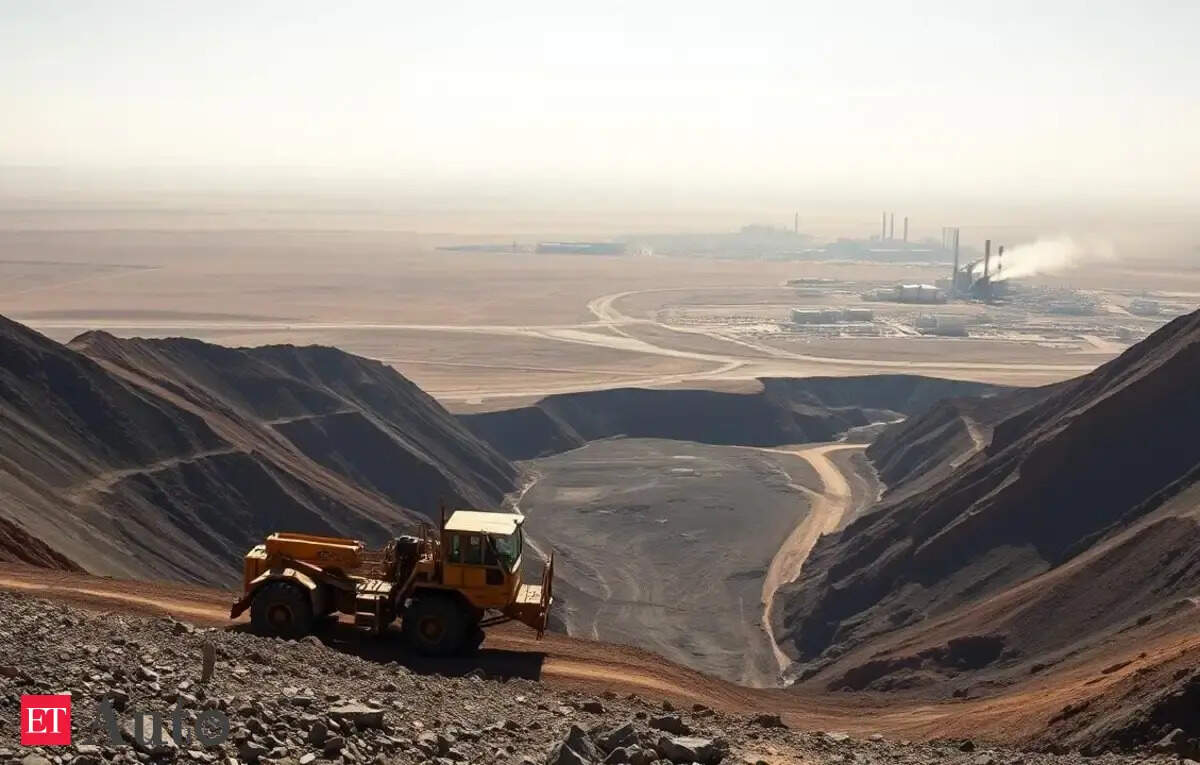This is since REMs are especially used in permanent magnet synchronous motors or PMSMs, which are crucial for electric vehicles (EVs), due to the ability of these elements to maintain stable magnetic fields at high temperatures, the brokerage firm said in a research note.
 Though the curbs primarily target the defence sector, their ripple effects are expected to be seen across other industries, including automotive, industrial, and aerospace.
Though the curbs primarily target the defence sector, their ripple effects are expected to be seen across other industries, including automotive, industrial, and aerospace.“>
India, which has over 95 per cent of internal combustion engine (ICE)-driven vehicles, is expected to remain relatively unaffected by China’s recent export restrictions on rare earth magnets (REMs), Nuvama said in a report. This is since REMs are especially used in permanent magnet synchronous motors or PMSMs, which are crucial for electric vehicles (EVs), due to the ability of these elements to maintain stable magnetic fields at high temperatures, the brokerage firm said in a research note.EVs, hybrid passenger vehicles, and electric two-wheelers are expected to bear the brunt of the above-mentioned export restrictions due to their usage of REM, the brokerage said, as reported by news agency ANI. As per the report, average REM usage per vehicle in EVs is 0.8 kg, followed by hybrids (0.5 kg) and ICE vehicles (0.1 kg). EV Adoption Still Nascent in India
Despite a 25 per cent CAGR in EV sales from FY23 to FY25, the EV segment in India still operates from a low base. Current market penetration stands at 7 per cent for two-wheelers and 3 per cent for passenger vehicles, limiting the overall exposure of the domestic industry to rare earth risks, added the report. Notably, in April 2025, China placed export restrictions on seven rare earth elements, including samarium, gadolinium, terbium, dysprosium, lutetium, scandium, and yttrium—vital for producing magnets used in EVs and other sectors. These materials are integral to neodymium iron boron (NdFeB) and samarium-cobalt (SmCo) magnets.Though the curbs primarily target the defence sector, their ripple effects are expected to be seen across other industries, including automotive, industrial, and aerospace.
To continue sourcing these REMs, auto manufacturers must now obtain end-user certification from Chinese authorities—a process estimated to take around 45 days, potentially delaying production and supply chains, particularly for EV makers.
While India’s current ICE-heavy auto landscape offers a cushion against immediate disruption, the report underscores the vulnerability of the EV ecosystem to global supply chain shocks. As EV adoption rises, localised sourcing and motor technology diversification may become critical strategic imperatives.
Join the community of 2M+ industry professionals.
Subscribe to Newsletter to get latest insights & analysis in your inbox.
All about ETAuto industry right on your smartphone!
- Download the ETAuto App and get the Realtime updates and Save your favourite articles.



